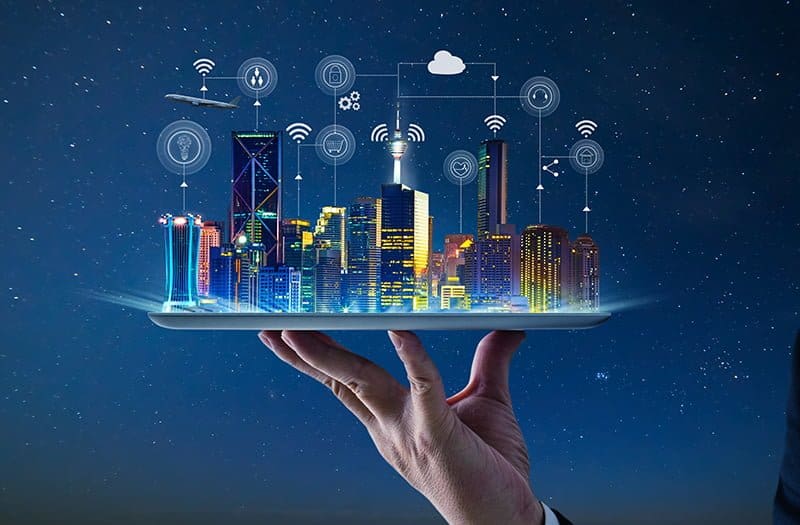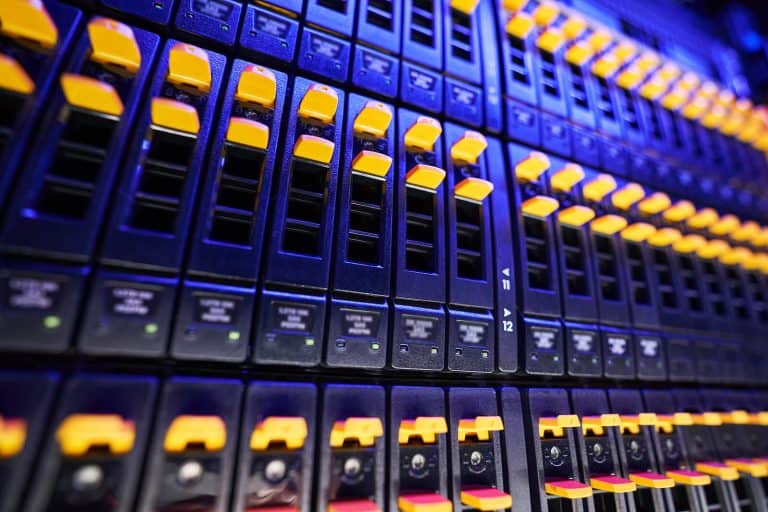The IoT is taking our culture by storm. With both positive and negative effects on mainstream consumers, it’s easy to overlook the areas where the IoT is already prevalent. One such area — the modern data center — is already benefitting from the enhancements of brand new, IoT-centric infrastructure. But there are some challenges associated with this next-gen technology.
Table of Contents
ToggleWeighing the Pros and Cons of IoT
According to recent estimates, the IoT will process 44 zettabytes — or 44 trillion gigabytes — of data on an annual basis by 2020. While this is only a few short years away, projections indicate no signs that this trend is slowing.
This continual and exponential data growth will affect data centers in various ways, including:
- Increased storage demands. One of the most obvious and immediate impacts of the recent data boom is the increased storage demands placed on data centers. While this ultimately results in increased profits for facility owners, many find it necessary to upgrade their hardware and add new machines to accommodate such explosive growth.
- Device versatility and the bring-your-own-device model. The IoT makes the BYOD model a viable option for many companies. As a result, data centers must handle incoming and outgoing data amongst hundreds or even thousands of personal devices in a network — including the hazards that come with them.
- The need for high-speed, low-latency networks. All of this amounts to a greater need for high-speed, low-latency networks. Tremendous amounts of bandwidth are needed — especially by large corporations and enterprise customers — on a daily basis. The sensitive nature of some of these applications also requires real-time communications and the lowest possible latencies.
- New security concerns. As useful as it is, the IoT introduces several new security concerns to the current generation of data centers. Instead of safeguarding a specific channel, such as a sole access point or a designated set of devices, data centers now process data from countless sources. Factory robots, desktop workstations, personal smartphones and even IoT-connected printers or scanners are also prime targets for hackers.
The IoT’s potential to revolutionize the way we do business in the 21st century is clear. It’s only a matter of jumping over these hurdles and overcoming the roadblocks that stand in the way of widespread IoT adoption.
What’s Being Done to Address These Concerns?
Research and development teams in the IT sector are already hard at work on next-gen chips and systems to address the current issues with the IoT. Apart from reducing the amount of necessary hardware and making components smaller — which is a natural component of technological evolution — engineers are also exploring new advancements in energy efficiency and security.
A recent breakthrough by researchers with MIT’s Computer Science and Artificial Intelligence Laboratory — or CSAIL — uses flash-based memory to lower power consumption and slash costs. It also reduces the number of servers required in modern data centers and controls their carbon footprints in a viable and impactful manner.
From the Living Room to the Factory Floor and Beyond
Whether you love it or hate it, the IoT is here. Although it’s currently in its initial stages of development, the earliest applications are already proven effective in driving productivity among the mobile workforce and increasing the quality of living on behalf of mainstream consumers. IT experts still have much work ahead, but data centers will undoubtedly play a significant role in the future of our IoT-connected society.





